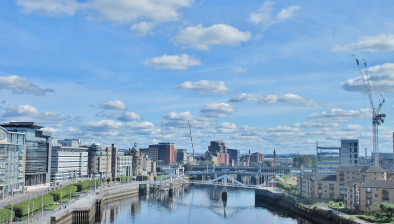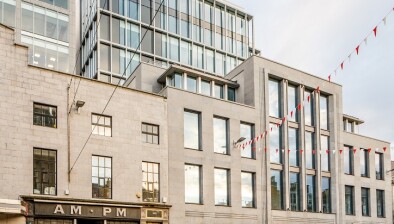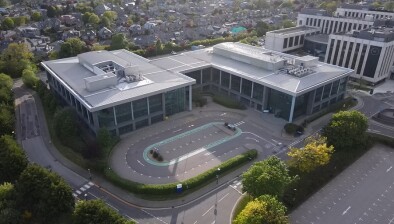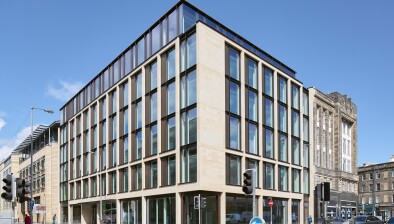CBRE: Promising decade ahead for real estate in Edinburgh and Glasgow
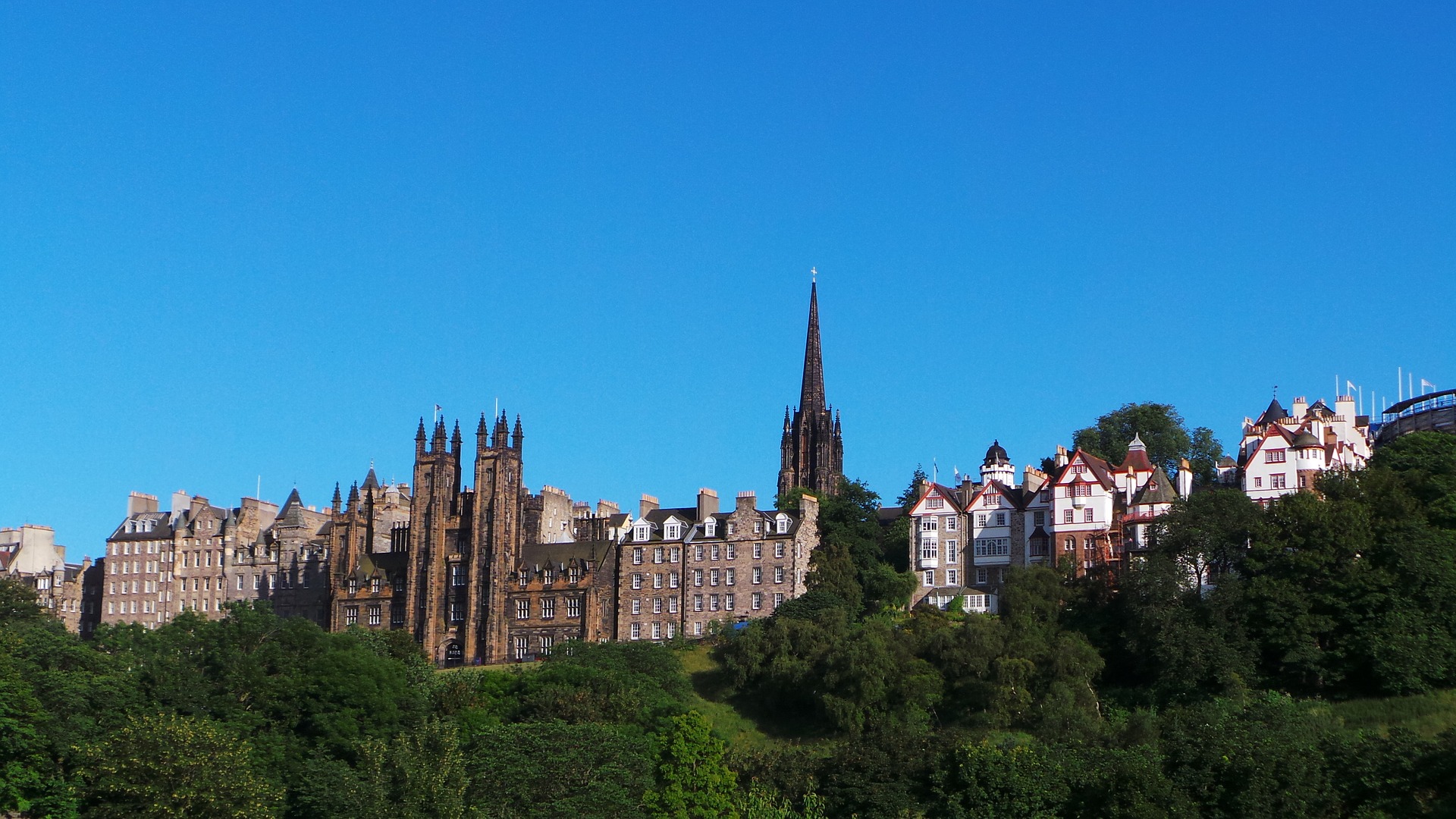
New research from CBRE has identified Edinburgh and Glasgow amongst the UK’s highest growth cities across multiple real estate sectors over the next ten years
The findings are based on a report titled Which City? Which Sector? Real Estate Prospects Over The Next Decade, which identified the two cities as some of the most promising regions outside London, ranking within the top five for major commercial real estate sectors – student accommodation, offices, and hotels.
The study evaluated 12 real estate sectors across the 50 largest regional towns and cities in the UK, excluding London. The assessment utilised data such as GDP, employment and income growth, demographic trends, and property market details to determine the most promising cities and sectors.
David Smith, managing director of CBRE Scotland, commented on the report: “Edinburgh and Glasgow have once again shown their strength as top cities for investment and growth, which is unsurprising given their strong demographic and economic fundamentals, and projected growth over the next decade.
“Aberdeen has also achieved notable rankings. There’s a real opportunity for investors looking at opportunities in Scotland, and we’re anticipating significant investment activity for our largest cities in the next few years.”
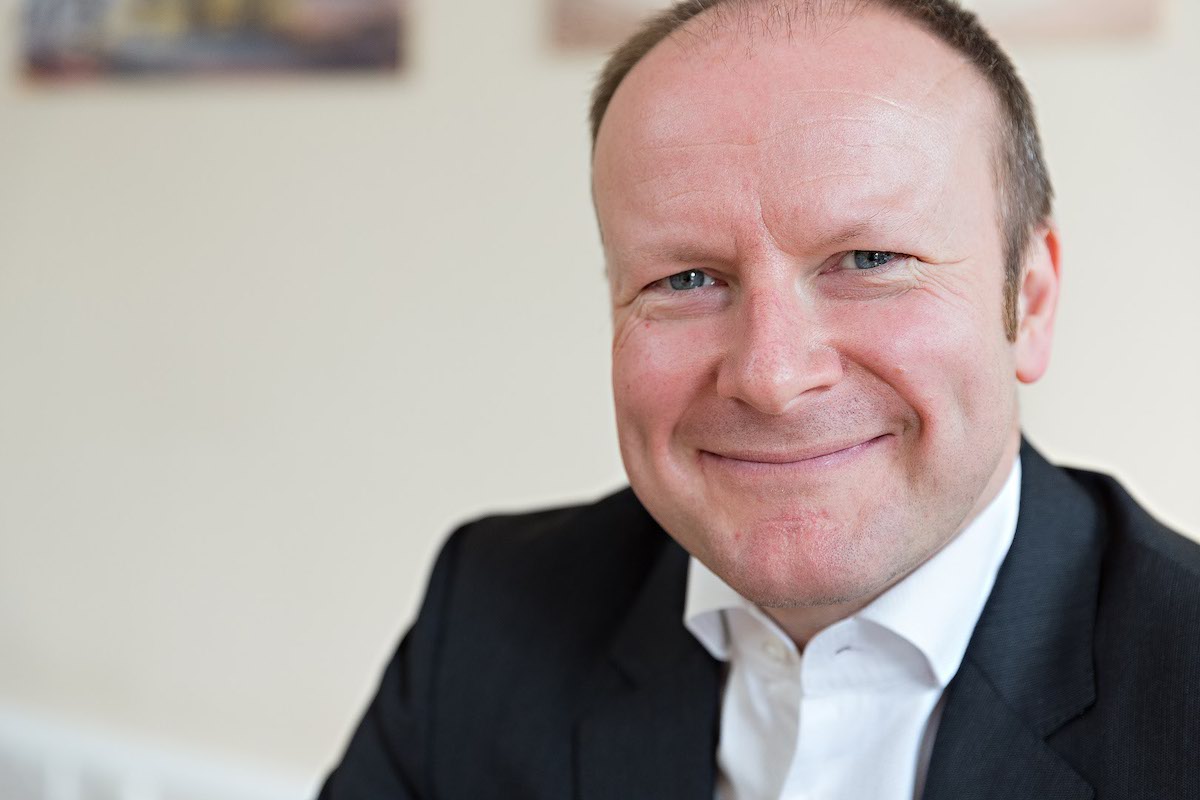
David Smith
Edinburgh is the third city on CBRE’s list for growth in the student accommodation sector, just behind Manchester and Nottingham respectively. Glasgow is fifth on the list behind Bristol.
The UK purpose-built student accommodation (PBSA) sector is characterised by an imbalance in demand and supply, which is especially true in Edinburgh and Glasgow. This is anticipated to remain a feature of the sector as demand for PBSA will continue to outstrip the pace of development.
Demand for PBSA is intricately linked to the demand for higher education. The number of full-time students in higher education is currently the highest it has ever been, and this looks set to continue through to 2030.
Glasgow has the second largest student population in the UK with over 76,000 full time students, and Edinburgh was ranked as the UK’s best student city outside of London for the seventh time in a row in 2023 by QS World Rankings 2023.
Andrew Shiells, senior director in CBRE Scotland’s capital markets team, said: “The supply of student accommodation in Edinburgh and Glasgow is likely to continue to be constrained, not only by planning policy but also by site availability. With many of the obvious sites already developed out, those remaining available sites are subject to more competing land uses.
“Furthermore, much of the university owned-PBSA is aging, presenting specific challenges around redevelopment and growth of university stock. This could result in some beds falling out of the supply while universities grapple with this, further adding to the demand and supply imbalance.”
In the hotels sector, Edinburgh, Glasgow and Aberdeen all appear in the top five. These cities are forecast to experience the greatest rise in demand as they typically have a range of hotels at different price points.
Notably, there has been a substantial supply response to the strong performance achieved pre-pandemic with many of the hotel development projects already committed to expected to be delivered in the coming years. Glasgow and Edinburgh in particular have strong delivery pipelines with 2,142 new rooms confirmed in Glasgow and 1,888 in Edinburgh.

Kathryn Bennett
Kathryn Bennett, director in CBRE Scotland’s operational real estate team, added: “It is no surprise that our largest cities have thriving hotel scenes. Last year Time Out voted Edinburgh the best city in the world and it is the number one city in the UK for travel spend and number of overnight visitors.
“Glasgow has become renowned for hosting large events successfully, including COP26 and the Commonwealth Games, and the OVO Hydro Arena hosts events attracting over one million people per year.
“Aberdeen is the gateway to the Highlands, home to famous golf courses, medieval castles and several whisky trails making it a unique place to visit.”
Edinburgh and Glasgow take the fourth and fifth spots in the list respectively for growth in the office sector over the next decade. Future growth locations for office real estate were ranked based on demand metrics such as GDP growth, working age population, access to highly-skilled workers and forecast office-based employment; all of which could impact office demand via size of occupier footprint.
Edinburgh is the second largest financial centre in the UK after London, and many financial sector headquarters are based in the city including Abrdn, Aegon and Bank of Scotland. Supporting the financial hub, the city has a well-established and dynamic technology ecosystem with almost 20,000 people working in software development.
Glasgow is Scotland’s largest city and its economic powerhouse, accounting for 34% of Scotland’s jobs and 32% of Scottish GVA. The population is well educated, with over half educated to degree level or above, and a third of the working populating is engaged in professional, tech or associated services, with large corporates including Scottish Power, Virgin Money and BAE Systems. There is an 8.6% increase in office employment expected over the next decade in Glasgow.
In the life sciences sector, Edinburgh is the fourth city in the list for highest expected growth, with Glasgow coming in sixth place.
Scotland’s life sciences ecosystem is strong and thriving, with Edinburgh and Glasgow both boasting world-class research and academic institutions. Edinburgh is widely recognised as a premier city for the life sciences industry due to its exceptional attributes. The presence of world-class research and academic institutions, such as the University of Edinburgh and its renowned Roslin Institute, underscores the city’s commitment to scientific excellence.
Edinburgh BioQuarter, an innovation hub, further bolsters the city’s life science ecosystem by providing state-of-the-art infrastructure, funding opportunities and collaborative spaces for startups and established companies. It has a ten year strategic plan to transition into Edinburgh’s Health Innovation District which could generate up to 9,000 new jobs.
The existence of an incubator often serves as a promising indicator for the future success of a city as a life sciences cluster, as it typically involves a joint venture between universities, governments, and venture capital funds to accelerate the growth of spin-out companies.
Whilst Glasgow has plans in place for such an establishment, well-established incubators have already taken root in Edinburgh, laying the foundation for the emergence of homegrown commercial life sciences enterprises in the future. In Glasgow, there is a 14.9% expected growth in life sciences employment.














